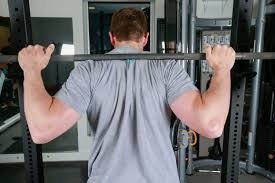Should I Perform Front Or Back Squats
The squat is one of the most commonly prescribed exercises in our Boulder Physical Therapy and Lafayette Physical Therapy practice. With so many variations of this strength training exercise you may be wondering which exercise prescription is best for you. The squat in particular has two primary variations, the front squat and the back squat....




